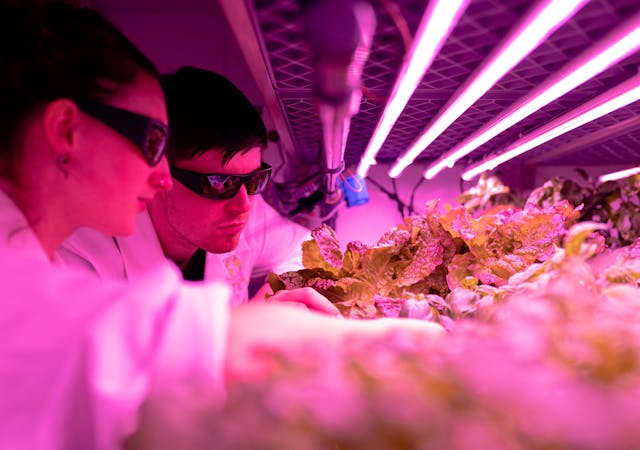Dell Technologies weighs in on why innovation and sustainability must go hand-in-hand in light of the recent 2030 Asia Pacific SDG Progress Report.
Modern Energy Systems: Malaysia’s Road To Clean Energy
Carbon neutrality, sustainability and meeting energy demands are key issues that Malaysia has to address in its sustainability journey. Huawei Digital Power weighs in on the energy trilema.








